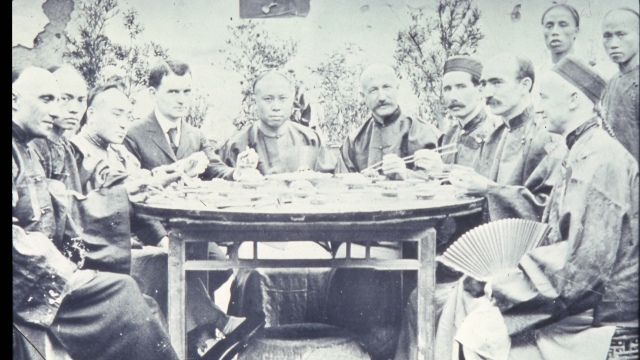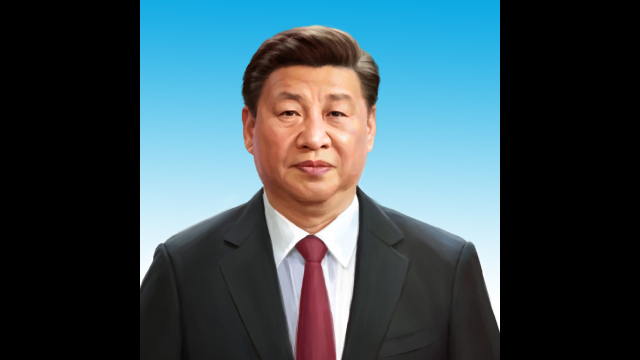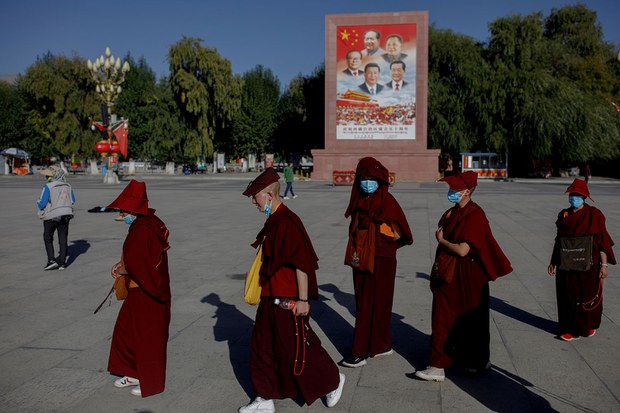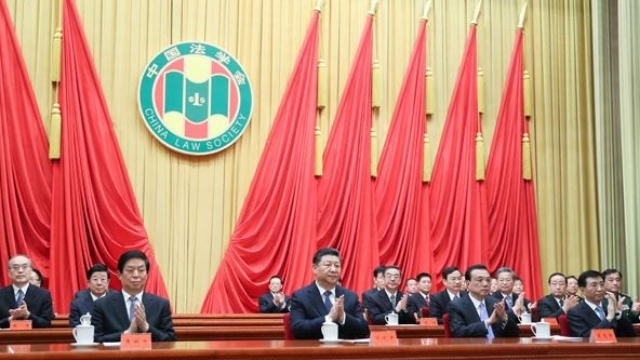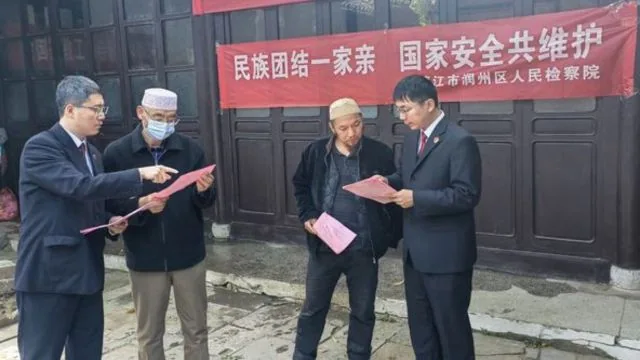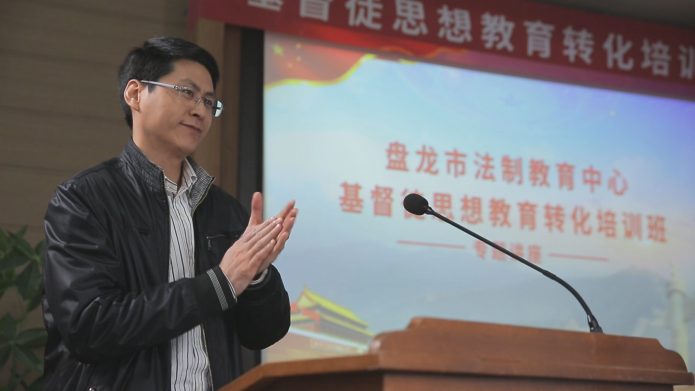The false historical theory that Buddhism and temples flourished in China when they accepted to be controlled by the state is used to ask them to serve the CCP.
by Zhao Zhangyong
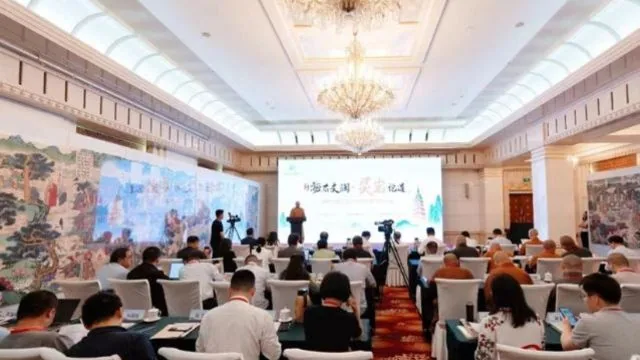
“Sinicization” is the operative word when it comes to Xi Jinping’s attitude to religion. That they like it or not, religions should be “Sinicized.” The slogan was originally applied to Protestant Christianity, Catholicism, and Islam, which certainly originated far away from China. However, recently Xi Jinping has explained that even the quintessentially Chinese Taoism, and Buddhism—which, coming to China, acquired distinctive Chinese characteristics more than 1,000 years ago—should be “Sinicized.”
Scholars have explained that “Sinicization” does not mean conforming to the traditional Chinese culture, otherwise “Sinicizing” Taoism would not make sense, but conforming to the ideology and directives of the Chinese Communist Party.
With Buddhism, however, the CCP is playing a subtler game. This was confirmed by what “Bitter Winter” learned about an interesting conference called “Sinicization of Buddhism and Lingyan Temple History and Culture Forum,” held last month at Lingyan Temple, in Jinan, the capital of Shandong province, with the participation of several high-ranking bureaucrats of the United Front Work Department, which is in charge of controlling religions and organizing both domestic and international propaganda.
Everybody likes to go to Lingyan Temple, which is undoubtedly a cultural, religious, and artistic gem. Although it was originally established in the 4th century CE, the temple flourished and achieved great fame and power under the Tang and Song dynasties, i.e., from the 7th to the 13th century CE, and remained important until the fall of the Empire. There is a sustained effort today by local authorities and by the government-controlled China Buddhist Association to promote it as a center of tourism and (CCP-surveilled) religion, if not to restore it to its past glory.
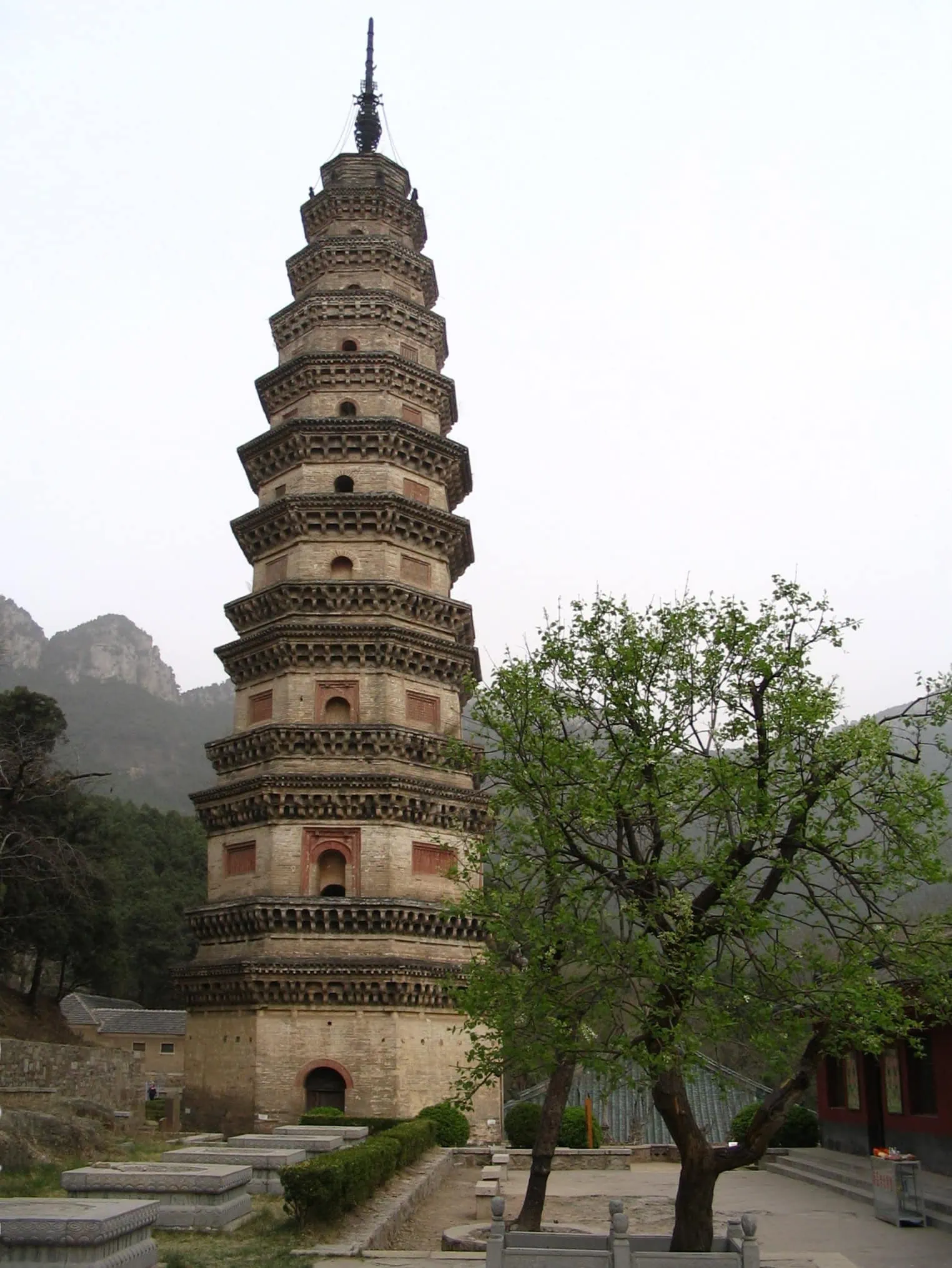
The Forum was the opportunity to use Lingyan as an example of the template through which the CCP reinterprets the history of Chinese Buddhism. It is true, was repeated at the Forum, that Buddhism was Sinicized in China before the year 1000, if not earlier. However, its special features show that Buddhism should be “continuously Sinicized.”
United-Front-associated scholars use “Sinicization” in the case of Buddhism with the meaning of “submission to state power.” They claim, falsely, that unlike in other countries Buddhism in China flourished when it became a “state Buddhism” and accepted to be controlled by the state. In fact, it is argued, it grew when it placed itself under the state and it declined when it pursued impossible dreams of autonomy. Lingyan is used as an example of how Buddhist institutions in China achieved great influence and glory when they accepted to work under the direction of the state, which is what allegedly happened under the Tang and Song dynasties and explains the rise of Lingyan.
This reconstruction of the story of Chinese Buddhism is simplistic and false. Buddhism maintained itself and even grew while persecuted, and great Buddhist centers were often fiercely independent. Yet, the pseudo-historical reconstruction of Chinese Buddhism has a clear purpose. First, to claim that to adapt to China Buddhism had to accept to serve the state, and this was to its advantage. Second, to insist that this Sinicization of old is not sufficient today because Buddhism adapted to the Imperial State and its principles, while the Communist People’s Republic of China is obviously different. Accordingly, Buddhism should now adapt to the CCP and, as the Forum insisted, adopt and preach “Xi Jinping’s thought on religion”—and by doing so, it is claimed, it would even be true to its origins. It is a historical fraud, but a convenient way to assert CCP’s control on Buddhism—and all religions.
Source: BITTER WINTER



